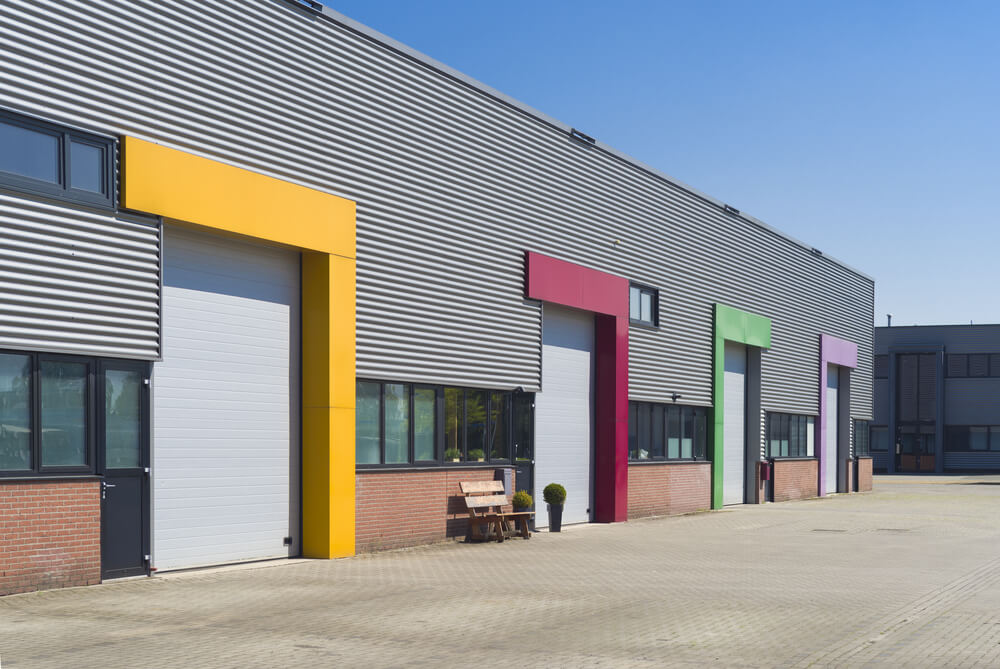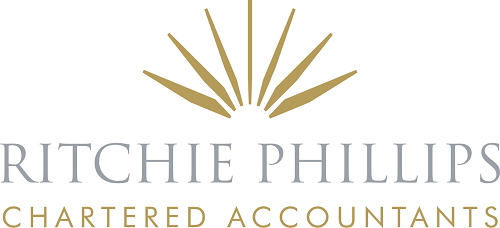As part of your tax planning, your business may be able to take advantage of a number of tax reliefs and allowances. In this latest post in our series on end of year tax planning, we look at some of the main schemes that you may wish to consider.
Capital expenditure
Annual Investment Allowance (AIA)
The Annual Investment Allowance (AIA) is a particularly valuable relief for businesses. 100% relief is given for expenditure on most types of plant and machinery and many fixtures in buildings.
The AIA limit has been temporarily increased to £1million for qualifying expenditure incurred between 1 January 2019 to 31 December 2020.
Expenditure above this limit, or not qualifying for the AIA, will generally attract an annual capital allowance of 18% or 6% (depending on the nature of the expenditure) on a reducing balance basis.

Environmentally friendly equipment
Capital allowances can be claimed on expenditure on certain types of assets used in your business. Certain energy-saving, environmentally beneficial or water-efficient equipment and installations may attract immediate tax relief at 100%.
R&D expenditure
There are reliefs available for qualifying research and development expenditure.
New business premises
Relief is given at 2% per annum (i.e. over 50 years) on expenditure on new non-residential buildings (including conversions and renovations). This relief is known as Structures and Buildings Allowance.
If you are planning to acquire or refurbish a business property, or to purchase plant or equipment such as heating or ventilation systems, check with the contractor or supplier whether the items you are installing qualify for the increased energy saving allowance.
Timing of disposal
The disposal of cars and other equipment made before or after the end of your accounting period may affect the taxable profit for the year.
Commercial property (including Furnished Holiday Lettings)
If you are intending to purchase commercial property (including Furnished Holiday Lettings) containing fixtures, seek advice to ensure that the maximum capital allowances are claimed. On purchase, any value attributed to the fixtures must be agreed by a joint election between the seller and the purchaser.
Capital Gains Tax: Entrepreneurs’ Relief
Entrepreneurs’ relief
Entrepreneurs’ Relief reduces the applicable rate of capital gains tax to 10% and whilst there is a lifetime limit on the relief, this is £10million per individual taxpayer.
Entrepreneurs’ Relief also extends to sales of shares by certain individuals involved in running the business provided that in the period of one year before the disposal of the shares, you own at least 5% of the ordinary share capital, exercise 5% of the voting rights, and are an officer or employee of the company.

Entrepreneurs’ Relief is also available in respect of gains made on the disposal of certain related assets.
There are restrictions if:
- There has been personal use of an asset within the business sold.
- The asset was only used in the business for part of its ownership period.
- Your involvement in the business is for a lesser period than the ownership of the asset.
- The business has rented the asset.
There are further requirements in relation to the disposal of shares which in essence provide that you must be beneficially entitled to at least 5% of the distributable profits and assets for distribution to equity holders on a winding up and to the proceeds on a disposal of the whole of the ordinary share capital.
From 6 April 2019, the ownership period of one year increased to two years. Planning to take advantage of Entrepreneurs’ Relief will in future require a longer range outlook.
Also, from 6 April 2019, protection from dilution was introduced. Where a future share subscription can result in existing shareholders with a share interest greater than 5% being diluted to less than 5% with the loss of Entrepreneurs’ Relief, protection of the gain arising before dilution will become available.
The detailed conditions for Entrepreneurs’ Relief are complex. Early and continual tax advice is essential to avoid losing the benefit of Entrepreneurs’ Relief.
Inheritance Tax: Business Property Relief
Business Property Relief (BPR) can reduce or completely remove the value of a business from the charge to inheritance tax. It applies to both lifetime gifts and on death. If the donor dies within seven years of such a gift, BPR will only be given on death if the original property is still owned by the donee at the date of the donor’s death and still qualifies as relevant business property.

Relief is currently available at 100% for a business or shares in an unquoted trading company. Relief at 50% applies to a controlling holding of quoted shares; and to land, buildings, plant and machinery used in a business carried on by the transferor, a partnership of which they are a member, or a company they control.
The property must have been owned for at least two years prior to the transfer in order to qualify for relief.
If you’d like to know more about how we can assist with your private or business planning, please get in touch.
